Cooling system
The whole thing can be disassembled relatively easily, because there is no backplate. However, the board material is thick enough not to allow excessive torsion and the two cooling blocks connected by a heatpipe are also quickly removed after loosening the 2 screws per block. If you buy such a board, you should check exactly these 4 screws and if necessary tighten them a little bit. With this board, however, everything was screwed bombproof, also good.
The actual I/O panel is mounted in the shroud and fixed to the board with two screws. This eliminates the need to fiddle around with the housing. Once you have done all that, the board lies in front of you in all its glory, waiting for the things to come. First and foremost, the microscope.
The two heat sinks are, as mentioned, connected by a heatpipe, which was also ground off in the area of the voltage converters and lies directly on the pad. However, the cooling surface is not very large, so that I will have to question this and the possible cooling performance later on.
Voltage transformer
Let us now first look at the area of the voltage transformers. Gigabyte relies on a total of twelve voltage converter circuits in the CPU, two of which are allocated to each of the 6 generated phases. They position themselves very clearly against the B550 Aorus Master and the phase madness, which is of course always a good sales argument from a marketing point of view. From a purely technical point of view, the 12 voltage transformer circuits are completely ok and the efficiency does not suffer either, on the contrary. Two additional phases are available for supplying the SoC.
With a little effort, one can measure a partially somewhat higher residual ripple of the generated voltages in the full load range than with the B550 Aorus Master, which is still far from any limit values. What many controllers with 8 and more phases can do (and usually do) is to deactivate or relieve several phases in the partial and low load range. Then, for example 8 phases also very fast times whole 4 active phases and one is with some bad luck even in the disadvantage opposite a circuit with 6 permanent phases and 12 active voltage transformer circuits.
Gigabyte uses one Intersil ISL6617A per phase on the back of the board as a doubler, because these so-called phase doubler chips can be used to generate an additional phase. This helps to keep the PWM nodes simple, especially since in this special case the necessary Schottky diode can be omitted. That’s why we see one coil per circuit at the output of the control circuit but only 6+1 capacitors, which is completely sufficient (update from 28.08.2020). As PWM controller we use a RAA229004 from Renesas. The voltage converters are realized by 50 A power stages from Vishay in form of the SiC651. For the monitoring the more favorable Inductor DCR is used.
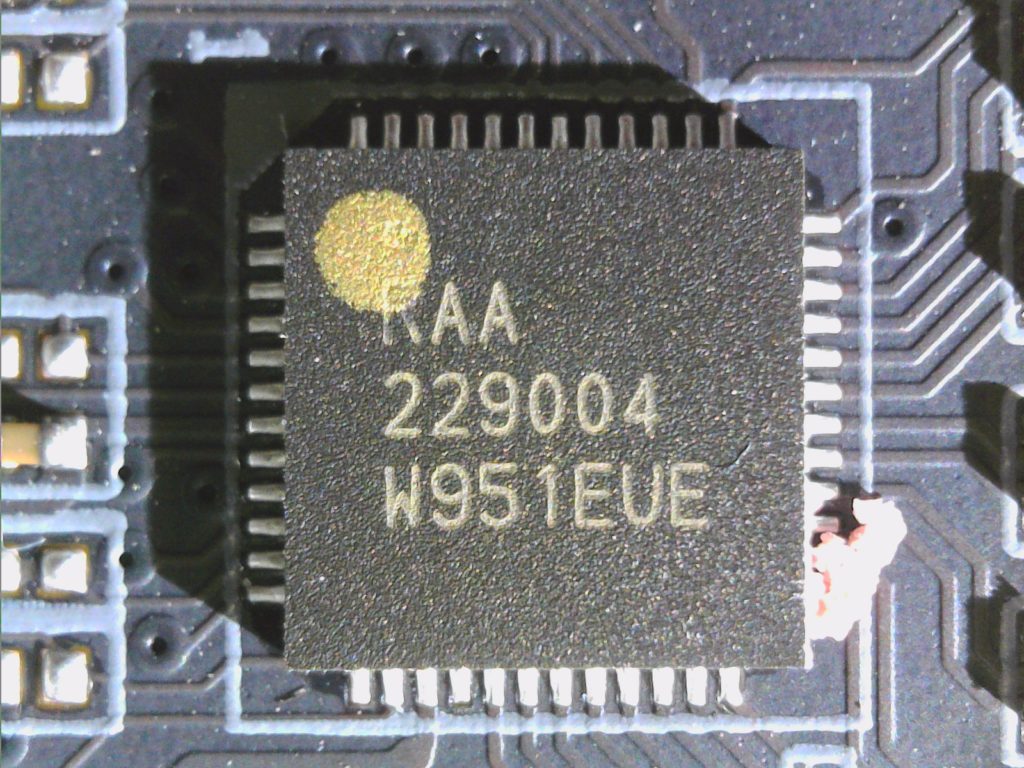
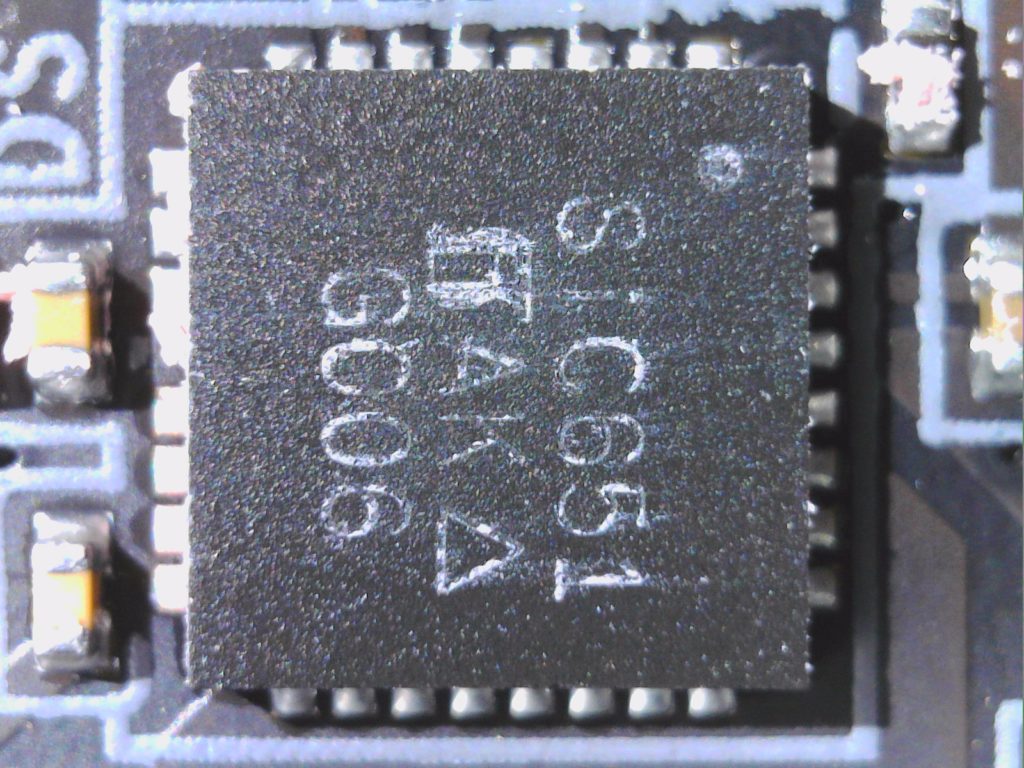
Network and audio
The two Gigabit Ethernet connections (1000BASE-T) are each implemented with an I211 from Intel, while an ALC1220 from Realtek is used for the audio processor. However, this chip is a compromise, which I must now go into more detail.
The Titan Ridge Controller, which has already been mentioned several times, connects the two USB Type-C sockets via USB 3.2 and supports Thunderbolt 3, although not advertised separately. The Texas Instruments TPS65983 is a matching USB Type-C™ and USB PD Controller, Power Switch and High-Speed Multiplexer.
The BIOS chip deviates somewhat from the usual standard. A Serial Flash Chip from Macronix is used. The WiFi module, however, is based on M.2 and Intel.
A few more sentences about the ALC 1220. The support of the 16/20/24-bit SPDIF output with up to 192 kHz sampling rate allows easy connection to HDMI-compatible devices or to various consumer electronics such as digital decoders and receivers. The ALC1220 supports the host audio of the Intel and AMD chipsets and also of any other HDA-compatible audio controller that complies with the HDA specification 1.0a. Software utilities such as multi-band equalizers, independent software equalizers, dynamics compressor and expander, and optional third-party software features such as Nahimic 3D, Dolby PCEE, SRS TruSurround HD, SRS Premium Sound, Fortemedia SAM, Creative Host Audio, Synopsys Sonic Focus, DTS Surround Sensation, UltraPC, and DTS Connect are supported when licensed.
If you want to know more about the chip and the differences to the cheaper ALC1200, you are welcome to read my basic article or watch the video:
GIGABYTE B550 Vision D
AMD Ryzen 5 3600X, 6C/12T, 3.80-4.40GHz, boxed (100-100000022BOX)
AMD Ryzen 7 3800X, 8C/16T, 3.90-4.50GHz, boxed (100-100000025BOX)
AMD Ryzen 9 3900X, 12C/24T, 3.80-4.60GHz, boxed (100-100000023BOX)
 | Lieferzeit 3-5 Werktage | 291,43 €*Stand: 20.04.24 00:23 |
 | Auf Lager, Lieferzeit 2-3 Werktage | 327,34 €*Stand: 20.04.24 00:47 |















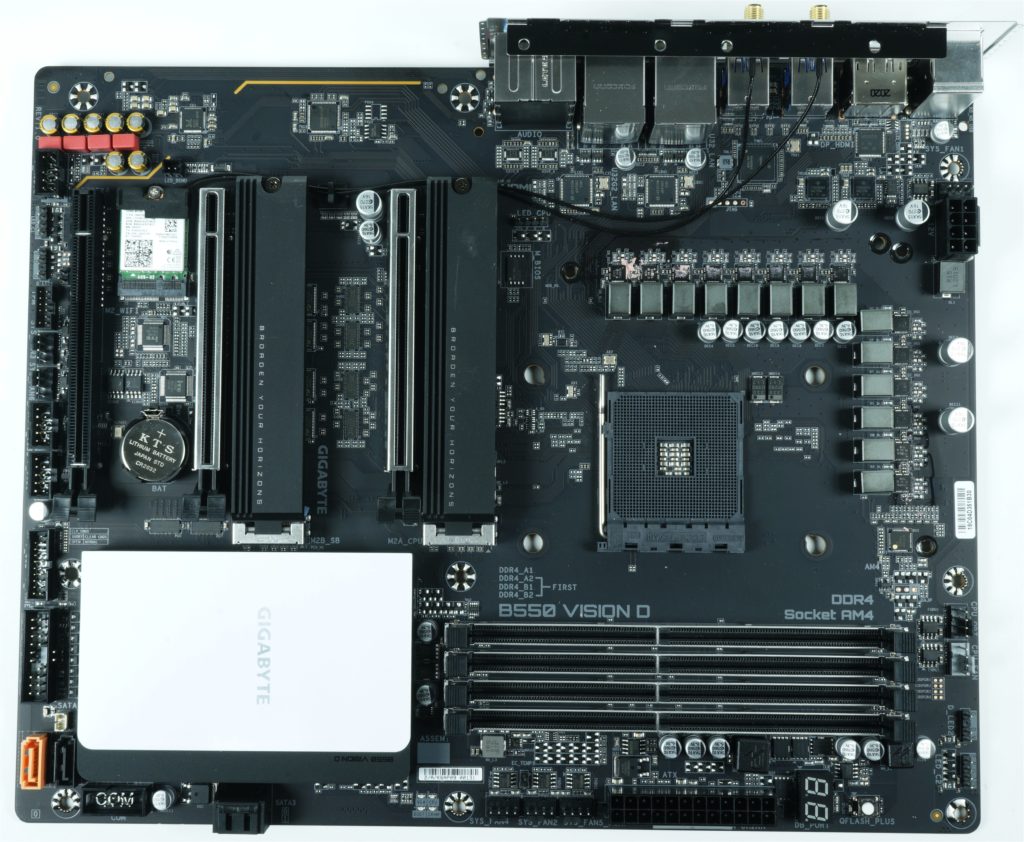
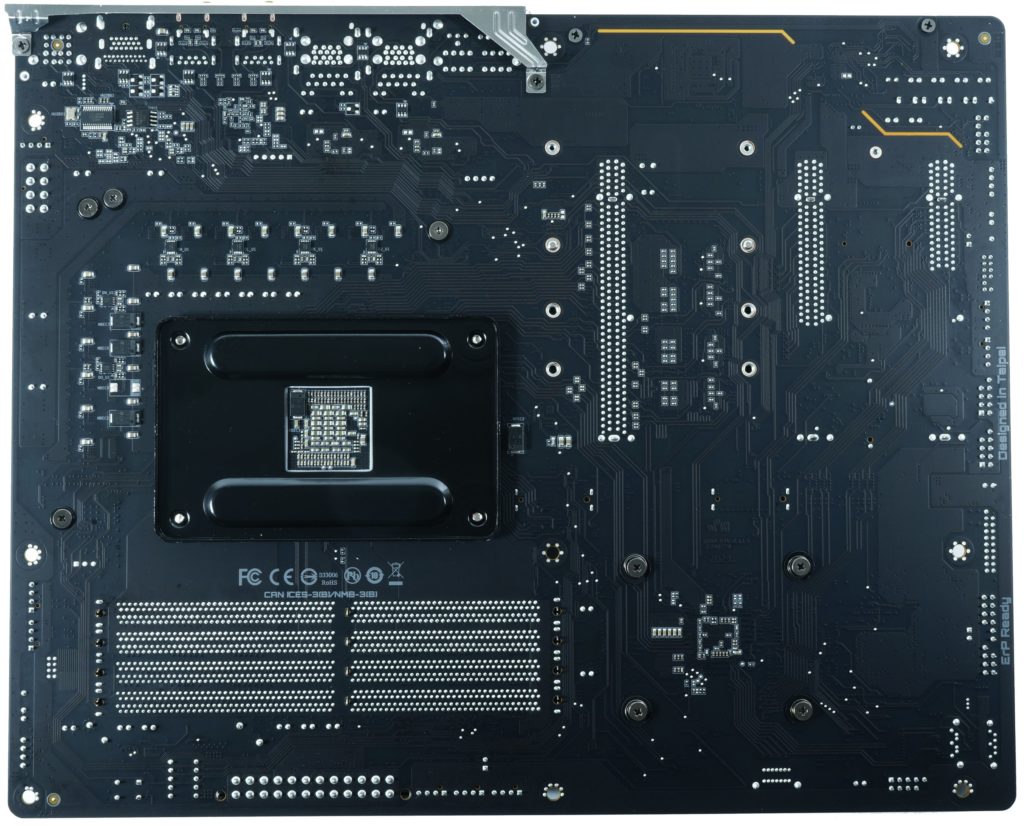
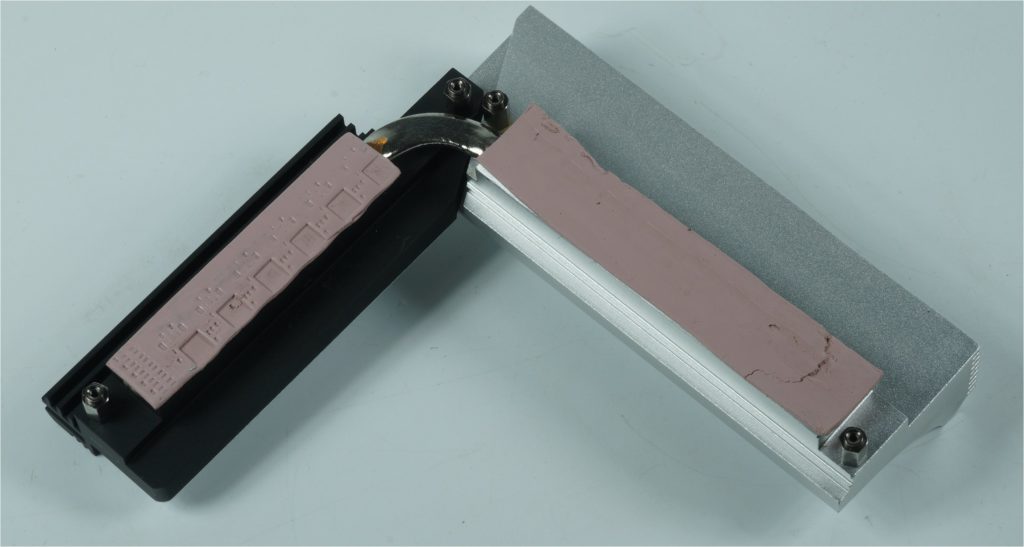
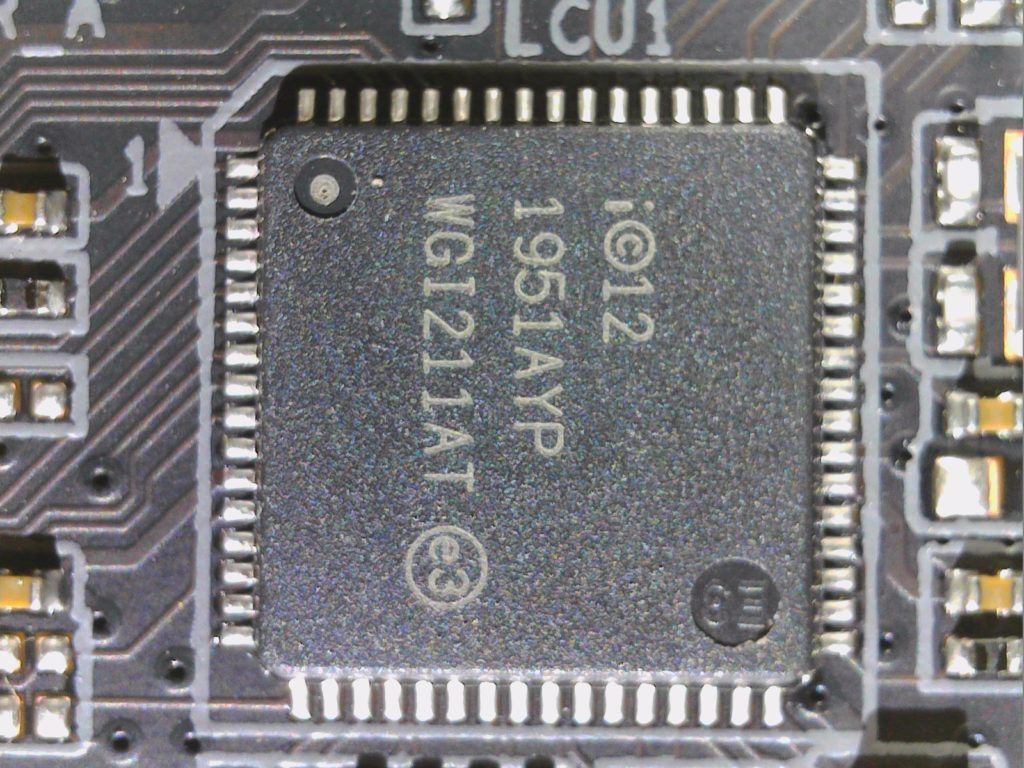
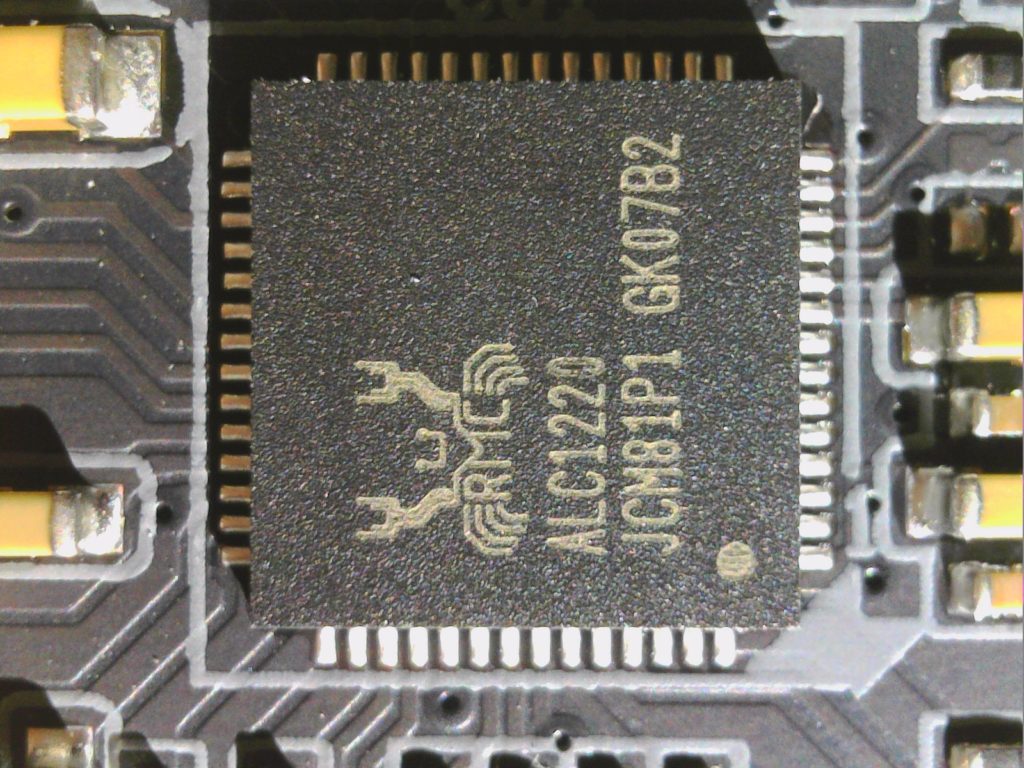
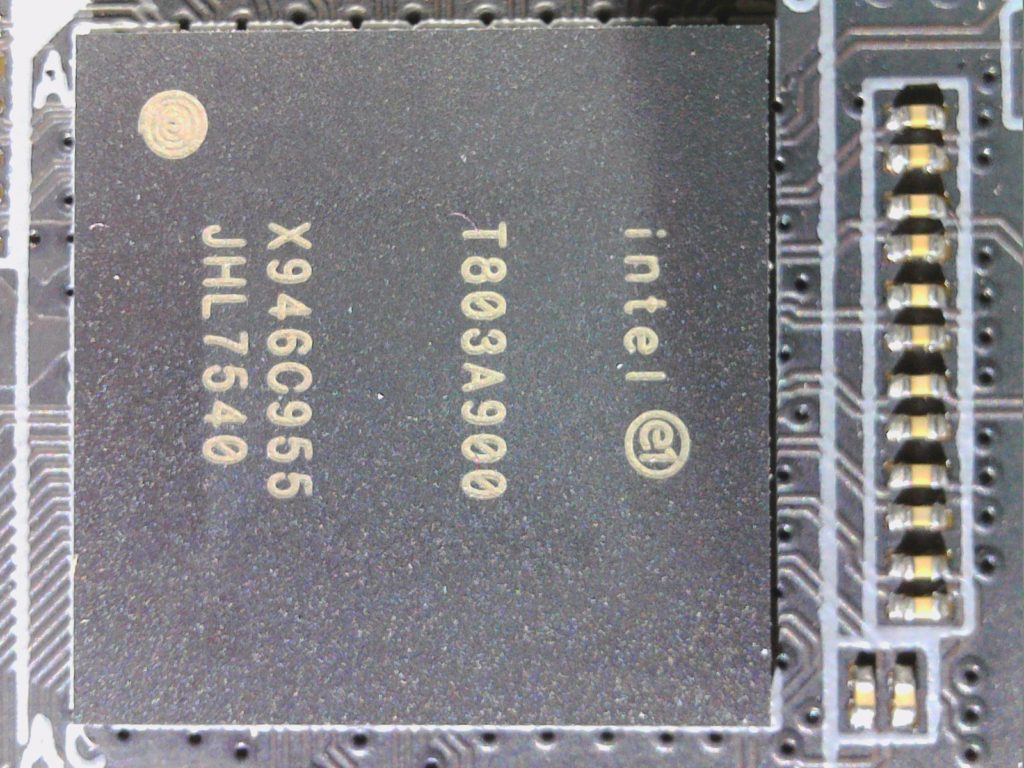
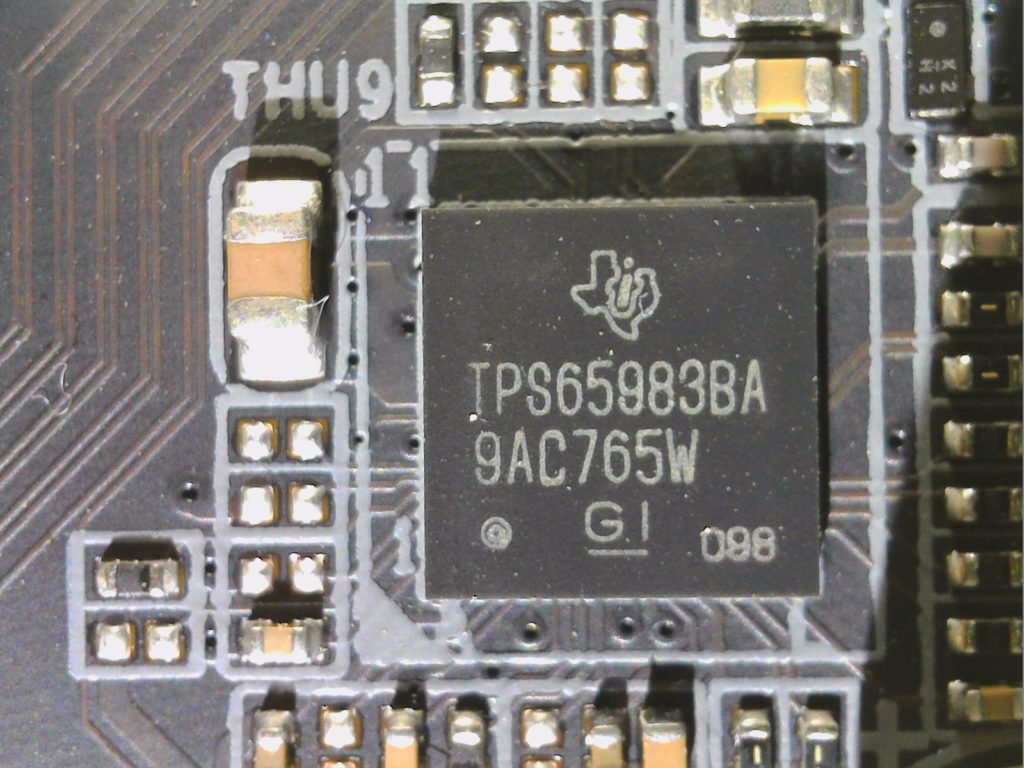
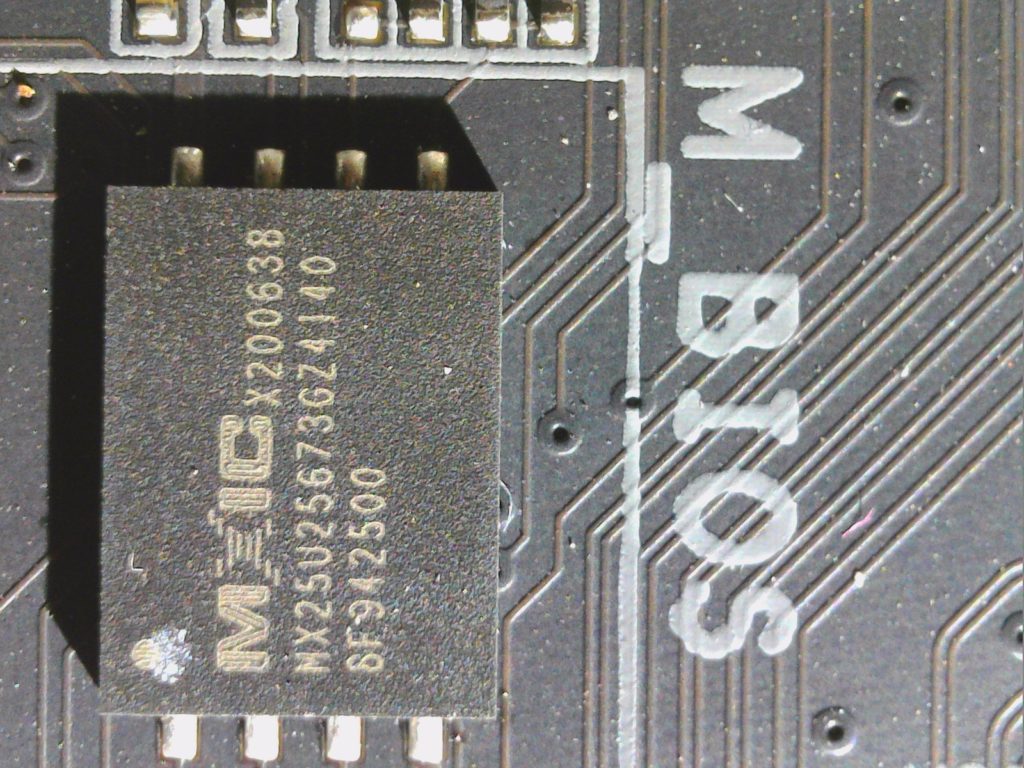
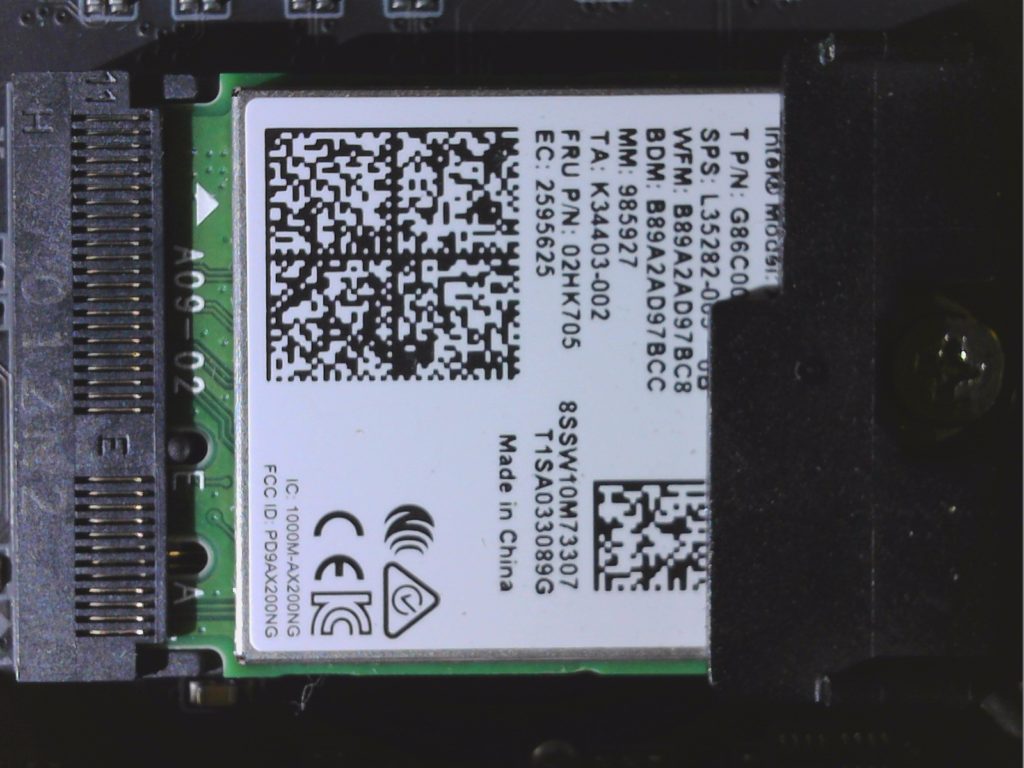



















Kommentieren